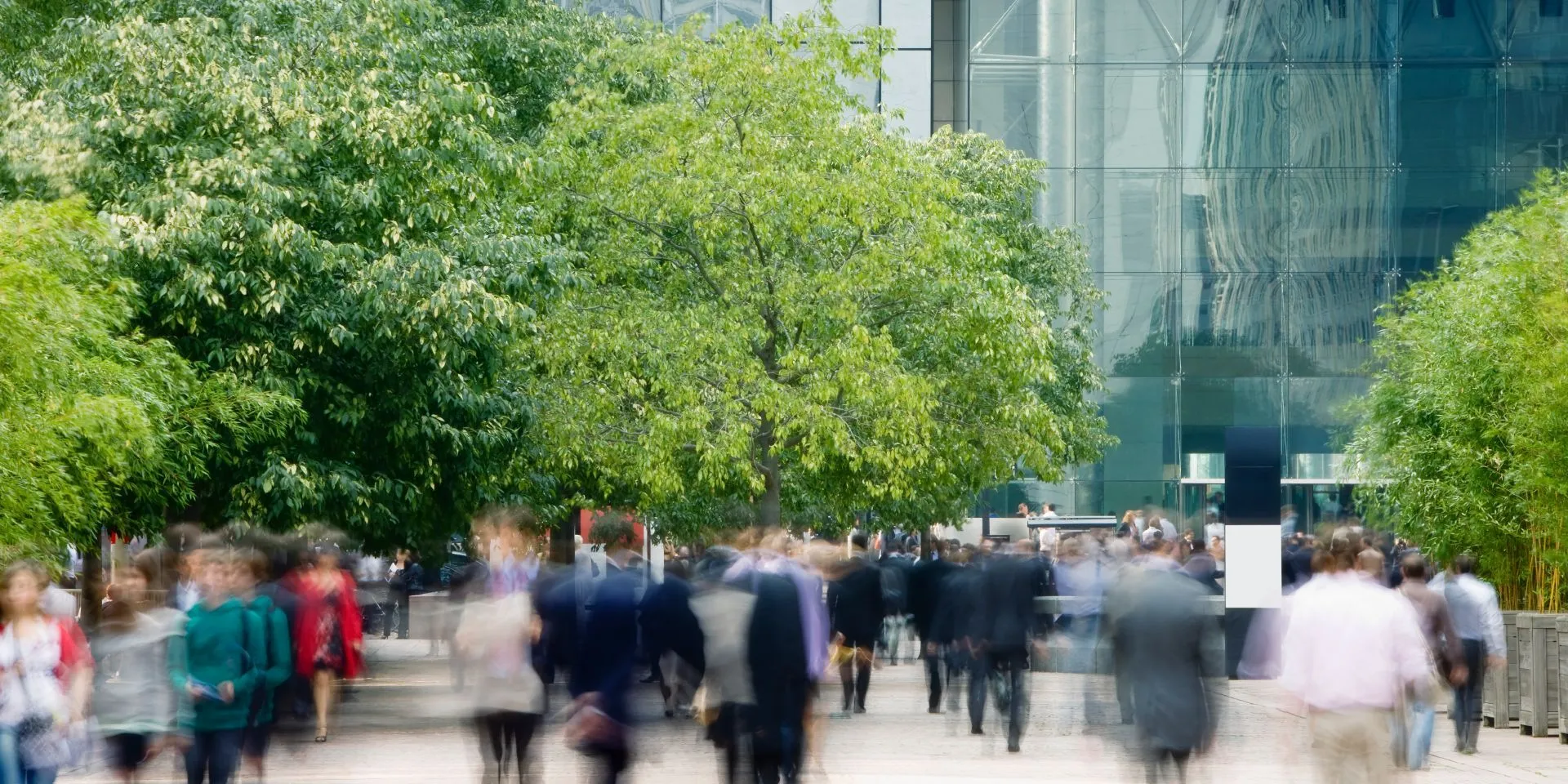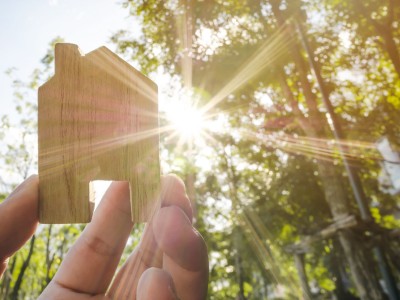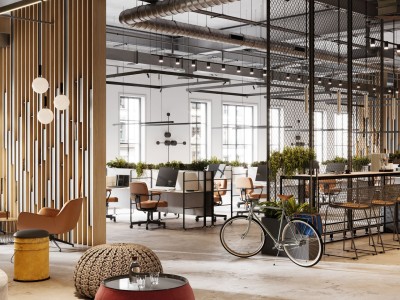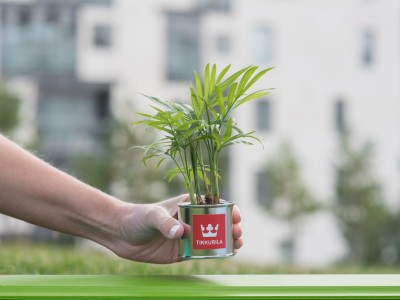You’re visiting Tikkurila website from United Kingdom. Would you like to visit the local UK site?
Green Building creates more sustainable business
Green Building Councils, non-profit organisations that operate in multiple countries, play a significant role in promoting and advancing sustainable and environmentally responsible building practices.

Green building, or sustainable construction, is the future way to build. It is not anymore just rating tools and certificates but a huge transition in the whole construction sector. Green building standards are voluntary but are gaining importance due to climate change concerns, market conditions and the desire for a better built environment.
Green Building Councils worldwide have had a big positive impact on this change towards a more sustainable built environment. We talked about current green building trends and how the green building makes construction business more sustainable with the CEOs of Green Build Councils in Finland, Lithuania and Poland.
On-going trends: Climate neutrality and decarbonisation
Due to the climate crisis there is a lot of upcoming legislation in the European Union. For instance, organisations will need to report in more detail sustainability-related issues and the construction industry specifically will have to deal with new legislation focused on reducing carbon footprint and improving energy efficiency.
The upcoming legislation also has to do a lot with the EU's objective to be climate-neutral by 2050.
“The number one green building trend right now is decarbonisation because it is something that will help to achieve climate neutrality in Europe. We have to decarbonise buildings, and we have developed a decarbonization roadmap for Poland to aid in the transformation of the built environment by 2050”, says Polish Green Building Council’s (PLGBC) CEO Alicja Kuczera.
Another big change in the legislation that will affect the construction industry is the EU taxonomy which is a classification system that helps companies and investors identify “environmentally sustainable” economic activities and to address greenwashing. This determines how projects are financed and what their sustainability requirements are.
“In the context of construction, it creates a trend where it is necessary to have knowledge about sustainability. This is because discussions with financiers require an understanding of sustainability, and there is a need to address even challenging questions in that regard. This applies not only to financiers but also to users and tenants. Interest in these topics continues to rise, so it is important to provide answers in that direction as well”, says Finnish Green Building Council’s (FIGBC) CEO Antti Ruuska.
On the other hand, the fear of greenwashing might influence how companies talk, plan and act in public.
“The term "sustainability" can easily be misused, like using it only for marketing purposes. In Lithuania, the discussions about EU taxonomy and other regulations are ongoing in the construction industry. I would say that in Lithuania we still think mainly from the architectural perspective: for example, new buildings still have a lot of big glazed facades despite that they don’t maintain the heat well and thus are not really energy-efficient. There is a need for us to facilitate discussions and steps toward the green building in planning and designing phases of construction”, comments Lithuanian Green Building Council’s (LTGBC) acting CEO Gintaras Stauskis who is the professor of Architecture at Vilnius Tech.
Green building is an important part of Tikkurila’s way of doing business. Tikkurila already has more than 300 products that have earned national or international ecolabel, allergy and asthma labels or M1 emission classifications for building materials, indicating low emissions. In the architectural coatings portfolio 69 products have been certified with Environmental Product Declarations (EPDs). The majority – 85 percent – of Tikkurila’s sales are from sustainably advantaged products. Certified products meet current environmental standards across their entire life cycle, from raw material extraction through production to use, ensuring minimal environmental impact.
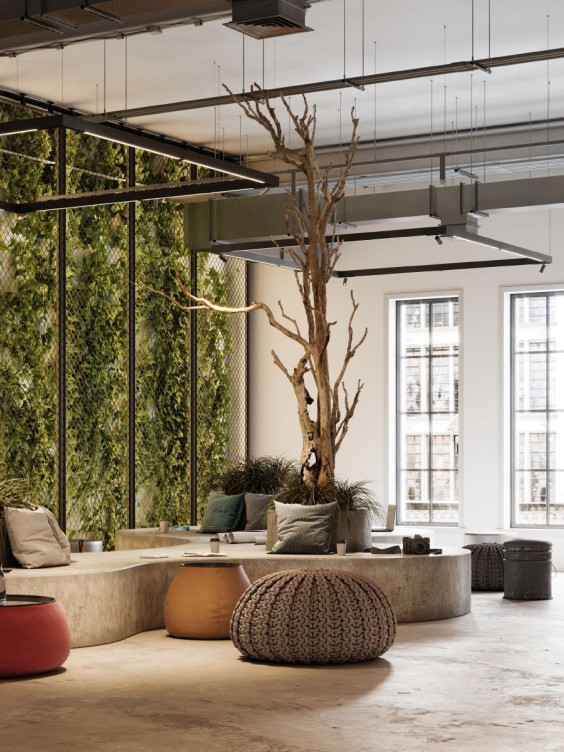
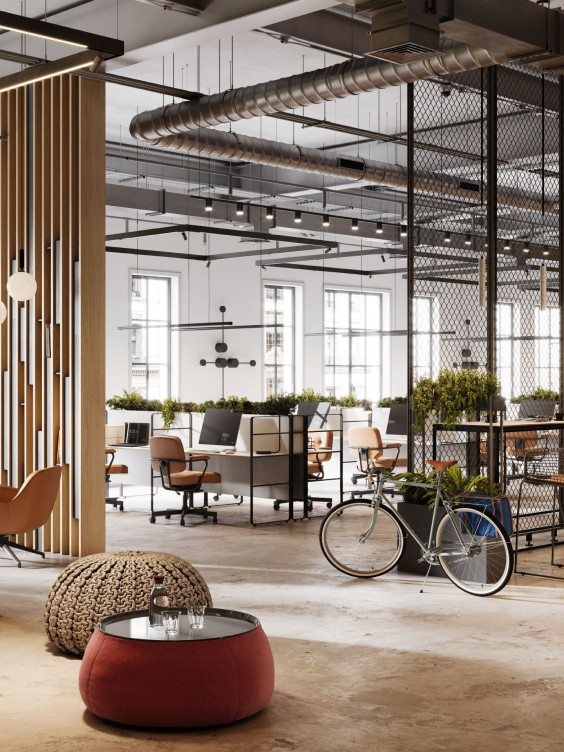
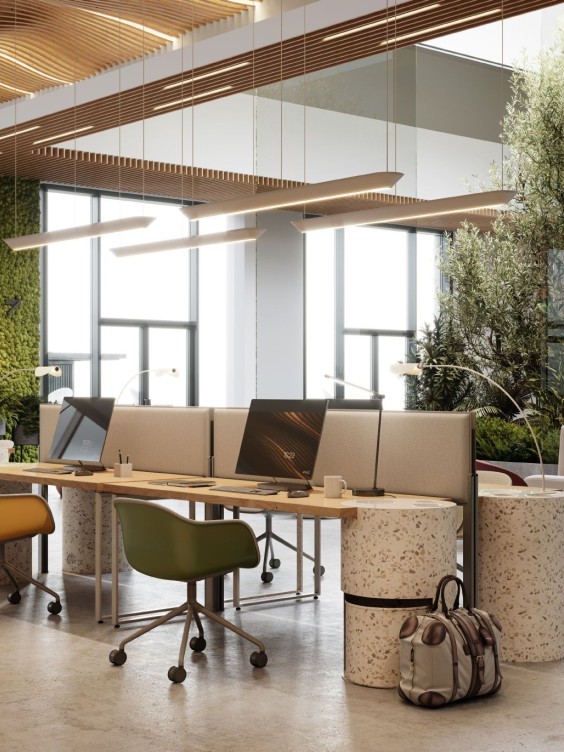
Constantly growing trend: circularity
The circular economy has been in the spotlight for a long time in the construction industry. And for a reason: the built environment is responsible for half of global resource use and even if we fully decarbonise tomorrow, we will only remove 55% of the source of greenhouse gas emissions (World Green Building Council). The rest of the emissions come from production, resources and materials so it is logical to focus on the circularity of the materials used in construction.
“Circularity in construction is a constantly growing trend, although it is still in its early stages in Poland. There is increasing interest in circularity of the built environment, with architects seeking guidance on how to design buildings in a circular way so that in the future they could be disassembled”, says Alicja Kuczera.
In Finland the FIGBC has been highlighting the importance of the circular economy for a long time, producing for instance reports and guides on circularity in the field of construction and real estate.
“Nowadays the consideration of biodiversity has also gained significant traction. As a result, businesses are now expected to provide rapid responses, perspectives and concrete actions. In general, the fast-changing climate also requires fast actions from companies”, states Antti Ruuska.
Tikkurila recognises the importance of moving toward a circular economy. We work to reduce waste and its associated impacts from our products and processes, starting in the design of our products. We use raw materials as efficiently as possible, minimise our waste generated from operations and promote reuse and recycling throughout our value chain.
Sustainability is an integral part of Tikkurila’s user-friendly and environmentally sustainable solutions. Company’s strategic goal is sustainability throughout the whole process and lifecycle of building, providing guidance on making sustainable and durable choices to protect and beautify the spaces we live and work in line with the requirements of green building assessment methods including BREEAM and LEED.
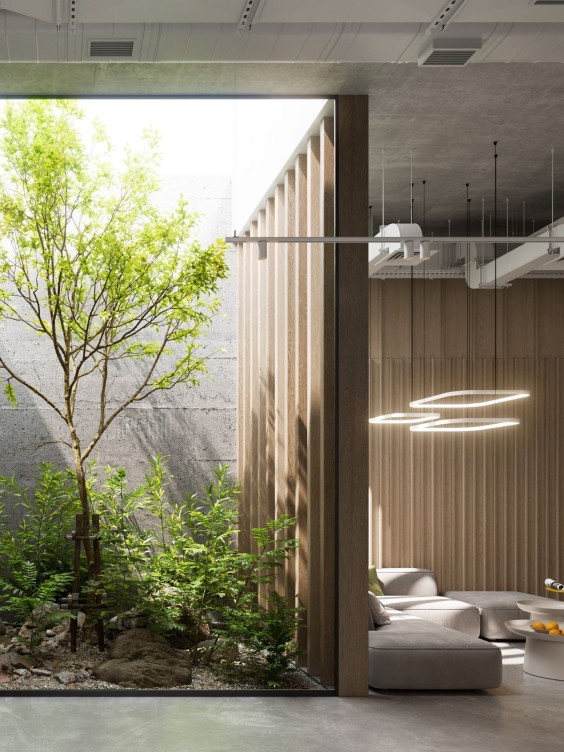
Collaboration within the field
Tikkurila is happy to be part of the change. Being a member of Green Building Councils in different countries has many benefits: we can be part of a growing network and the latest innovative building practices and that way offer the best sustainable solutions for our customers.
The role of Green Building Councils is to accelerate sustainability in the built environment in different countries and worldwide. In Lithuania, according to prof. Gintaras Stauskis, the LTGBC encourages companies in the construction industry to adopt sustainable practices, including the selection of sustainable materials, generation of waste and pollution emissions, sustainable site planning, implementing sustainable urban mobility and the responsible use of energy including the renewable energy sources RES.
“We provide information and education for those who seek it. We also play a role in lobbying with authorities to upgrade regulations related to green building and to represent our members’ interests”, prof. Gintaras Stauskis says.
In Poland, PLGBC raises awareness within the industry; it helps to ensure that the members are aware of key issues when it comes to sustainable building practices. PLGBC influences the construction business in Poland on many levels.
“Polish Green Building Council maintains a database of buildings that have received certifications in sustainability standards like BREEAM, LEED and WELL. We also collaborate with industry associations, such as the Association of Polish Architects, to provide training and education on topics like circularity in construction”, explains Alicja Kuczera.
In Finland, Green Build Council Finland’s slogan states its role: to show direction and help along the way. With the help of the FIGBC the construction companies in Finland can collectively advance sustainable changes within the industry.
“Our goal is to bring different organisations together to collaborate on sustainability issues that affect every company within the field. Traditionally, the chain is quite fragmented, and the journey for instance from the building owner to the surface material manufacturer can be quite long. We aim to reduce the distance between different entities and bring them to the same table. Additionally, we want to showcase good examples of what our members and companies are doing. By demonstrating what is possible today, others will adopt these best practices more quickly”, notes Antti Ruuska.
Also Alicja Kuczera and prof. Gintaras Stauskis highlight the importance of the networking and collaboration between companies that operate in the construction industry. No one can make the change by themselves so it is important to work together to achieve a more sustainable built environment for everyone.
